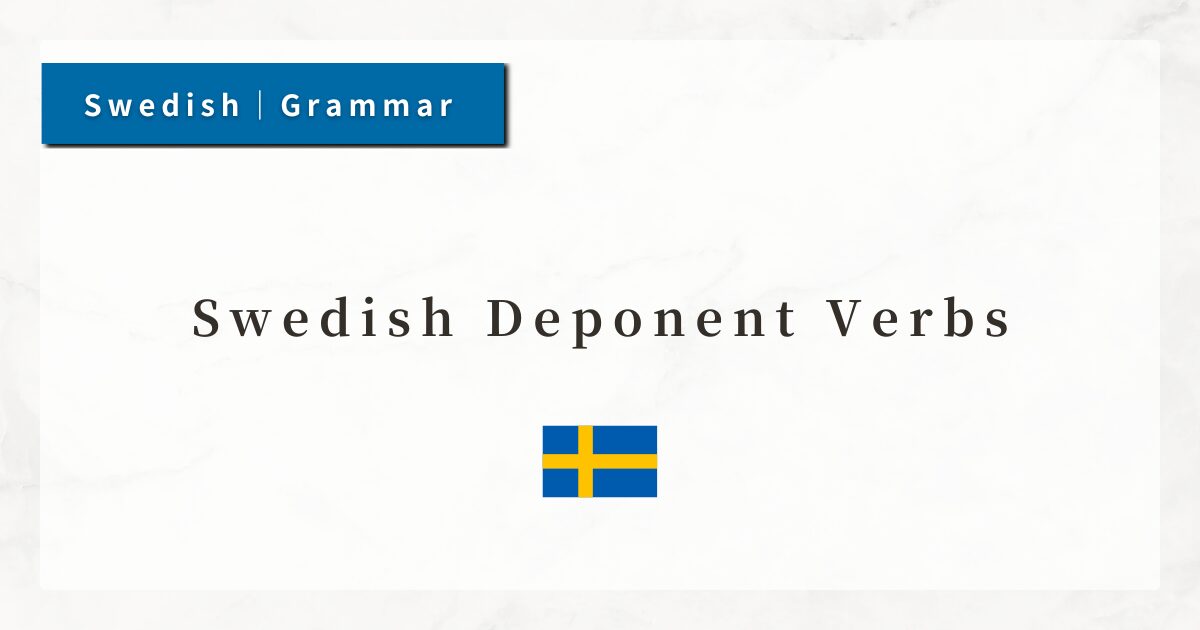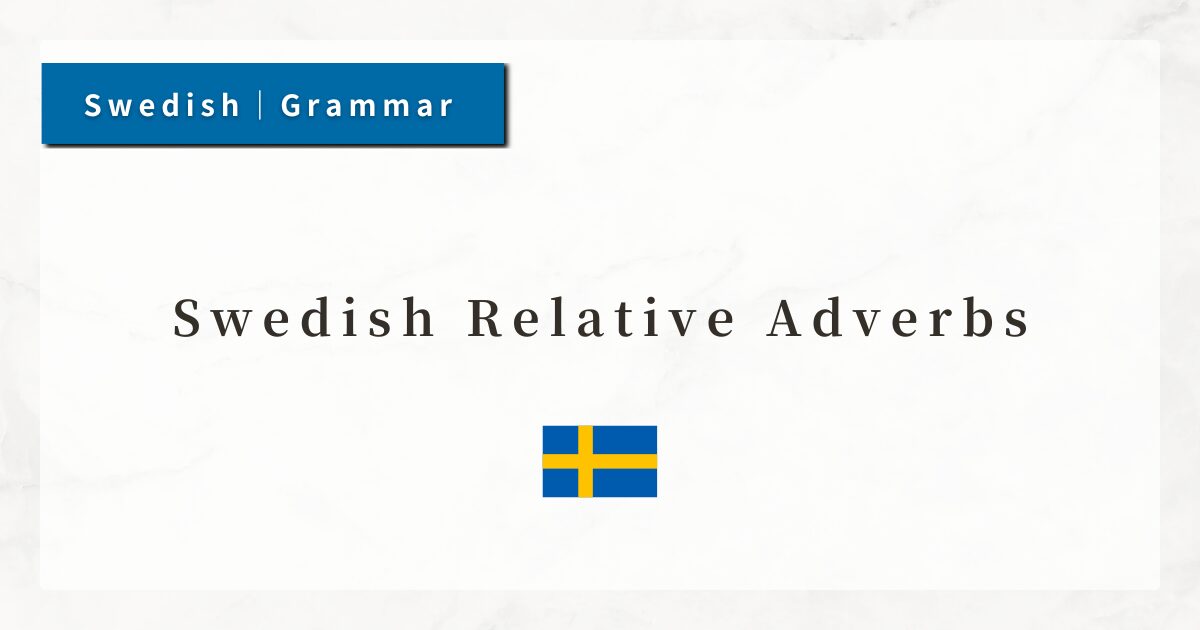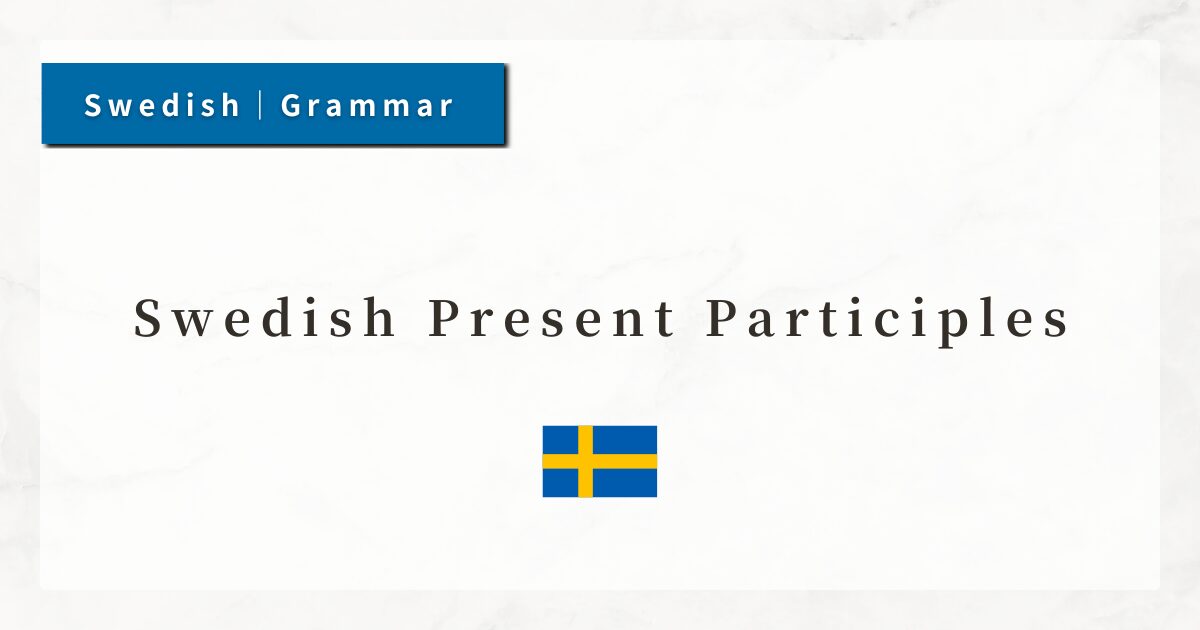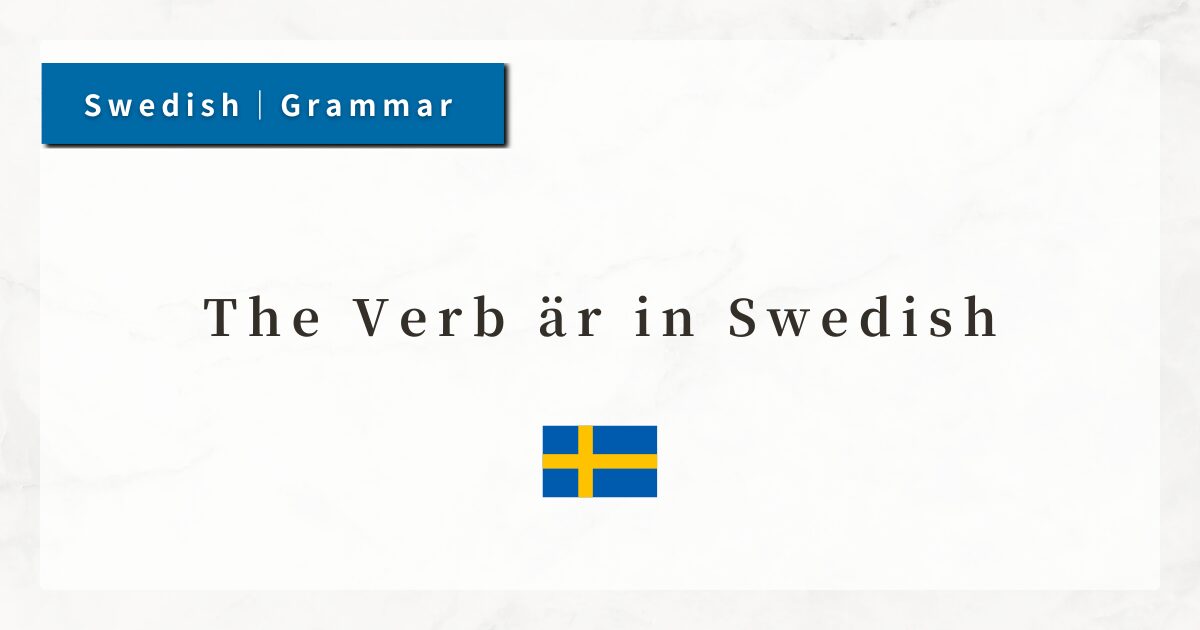#13 Swedish Adjective Agreement|Gender, Number, and Basic Rules
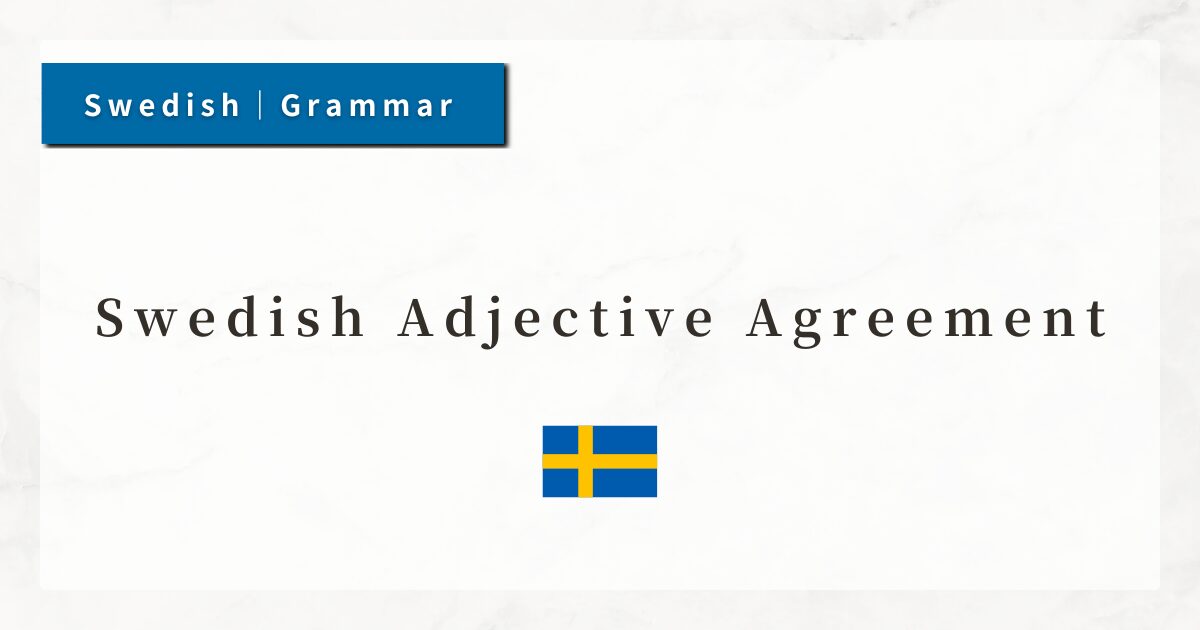
In Swedish, adjectives change their form depending on the gender (common or neuter) and number (singular or plural) of the noun they modify. This is one of the features not found in English.
There is also a basic word order rule for adjectives. For example, “a red car” is expressed as en röd bil, where the adjective comes before the noun.
In this lesson, I will explain how Swedish adjectives change according to gender and number, as well as the rules of word order.
1. What is Agreement?
Swedish nouns are divided into two categories: common gender and neuter gender. When an adjective is used with a noun, its ending changes depending on the gender (common/neuter) and number (singular/plural) of that noun.
For example, when saying “a big dog,” “a big house,” or “big dogs,” the adjective stor (“big”) changes its form to match the noun.
- en stor hund
(a big dog)
→ hund (“dog”) is a common gender singular noun - ett stort hus
(a big house)
→ hus (“house”) is a neuter gender singular noun - stora hundar
(big dogs)
→ hundar (“dogs”) is plural
In this way, adjectives “agree” with the noun they modify, ensuring grammatical consistency.
This agreement follows three main patterns:
- Whether the noun is common gender or neuter gender
- Whether the noun is singular or plural
- Whether the adjective is placed before the noun or used as a predicate
Let us begin with the most basic patterns.
2. Basic Rules of Adjective Inflection
Adjectives in Swedish follow three main forms:
| Type of noun | Adjective form | Notes |
|---|---|---|
| Common gender (singular) | Base form (unchanged) | General pattern |
| Neuter gender (singular) | Add -t to the ending | Used with neuter nouns |
| Plural nouns (both en/ett) | Add -a to the ending | Applies regardless of gender |
For example, the adjective röd (“red”) changes as follows:
- en röd bil
(a red car)
→ bil is a common gender noun, so röd stays in its base form - ett rött äpple
(a red apple)
→ äpple is a neuter noun, so -t is added - två röda hus
(two red houses)
→ hus in the plural, so -a is added
Some adjectives also undergo stem changes (e.g., god → gott → goda), but in most cases it is sufficient to focus on the changes to the ending.
3. Adjectives Before Nouns
In Swedish, adjectives are generally placed before the nouns they modify.
This is the same as in Japanese and English, and is relatively straightforward.
- en stor bok
(a big book) - ett kort brev
(a short letter) - gamla hus
(old houses)
This placement is called attributive position, and is the most natural order in sentence structure.
When using multiple adjectives, they are also placed before the noun:
- en vacker, gammal stad
(a beautiful, old town) - ett stort, vitt hus
(a big, white house)
When combining adjectives, make sure each one is properly inflected to match the gender and number of the noun.
4. Adjectives as Predicates
Adjectives can also function as predicates (complements) in a sentence, not only as modifiers before a noun.
In this case, the adjective still agrees with the subject noun in gender and number.
- Bilen är röd.
(The car is red.)
→ Bilen is common gender → röd (base form) - Huset är stort.
(The house is big.)
→ Huset is neuter → stort - Barnen är glada.
(The children are happy.)
→ Barnen is plural → glada
This structure follows the pattern: Subject (noun) + verb (är) + adjective (complement). Agreement of the adjective always depends on the subject.
5. How to Identify Noun Gender
To inflect adjectives correctly, you must know the gender of the noun.
- Common gender
→ humans, animals, abstract things (en bok, en hund) - Neuter gender
→ objects, materials, country names (ett brev, ett hus)
When learning vocabulary, it is important to memorize the noun together with its gender (en/ett).
For plural forms, adjectives always take -a, regardless of gender.
6. Summary
- Swedish adjectives change according to the gender (en / ett) and number (singular / plural) of the noun.
- en + singular → base form (e.g., röd)
- ett + singular → add -t (e.g., rött)
- plural → add -a (e.g., röda)
- Word order is “adjective + noun.”
- Even when used as predicates, adjectives must agree with the subject in gender and number.

